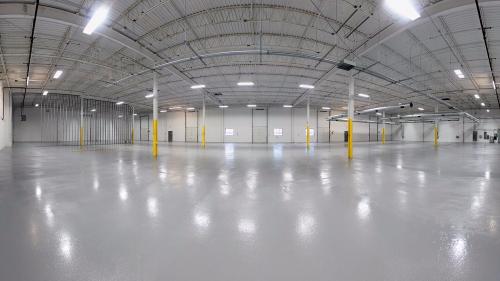SQF Standards

What are SQF codes?
Most people in the food processing industry are familiar with the Safe Quality Food (SQF) codes but it’s never a bad idea to have a brief refresher. The SQF Code is a process and product certification standard that addresses all sectors of the food industry from primary production to transport and distribution. The Safe Quality Food Institute (SQFI) offers an internationally recognized certification system, with a series of three levels of certifications, designed to meet the needs of all suppliers in the food industry. The SQF 2000 Code is divided into three certification levels: Level 1 covers food safety fundamentals; at Level 2, certified HACCP food safety plans are recognized; and at Level 3, comprehensive food safety and quality management system. Certification bodies that are licensed by the SQFI to perform SQF audits are subject to regular assessments of their certification and audit activities by internationally recognized accreditation bodies licensed by SQFI.
The main feature of the SQF Code is its emphasis on the systematic application of Hazard Analysis Critical Control Points (HACCP) for control of food quality hazards as well as food safety. The implementation of an SQF management system addresses a buyer’s food safety and quality requirements and provides the solution for businesses supplying local and global food markets. This enables suppliers to help assure their customers that food has been produced, processed, prepared, and handled according to the highest possible standards, at all levels of the supply chain.
What does flooring have to do with SQF codes?
Depending on the sector of food and beverage processing industry your plant falls under you will have to complete, at least one of, modules 3-15. These modules cover everything from animal feed to human food processing and all steps of processing, from farming to distributing. For all of these modules there is a dedicated section called “Construction and Control of Product Handling and Storage Areas” and subsections that discuss flooring considerations. The SQF codes, that pertain to flooring, and a brief explanation of each one is given below.
2.2 Floors, Drains and Waste Traps
2.2.1 Floors shall be constructed of smooth, dense impact resistant material that can be effectively graded, drained, impervious to liquid and easily cleaned.
This code is essentially saying that the plant floor must be a resinous floor. If an untreated concrete floor were used it could not be effectively cleaned and would absorb liquids through its pores. The recommended flooring type for processing areas are either MMA or Urethane Concrete. Epoxy may be sufficient in areas of little thermal shock or heavy traffic. To learn more about flooring options check out my blog post “What resin flooring options are available for the food and beverage industry?”
2.2.2 When water is used, floors shall be sloped to floor drains at gradients suitable to allow the effective removal of all overflow or waste water under normal working conditions.
Any professional resinous flooring expert will know the proper slope to effectively and easily drain water. “When water is used” is applicable to all processing areas as sanitation procedures are typically completed on a daily basis and require high pressure, high temperature water/steam cleaning. To learn more about floor sanitation procedures in food and beverage processing industry check out my blog post “Importance of Flooring for Food Processing Plant Hygiene.”
2.2.3 Drains shall be constructed and located so they can be easily cleaned and not present a hazard.
The importance of drain cleaning cannot be overstated. Drains are the most common harborer of harmful pathogens such as listeria. Custom pitched trench drains, point drains, and custom formatted drainage systems may need to be installed to ensure low maintenance and worker safety. A great case study of a trench drain installation on an SQF compliant floor can be found here: Rendering Plant Flooring | Clinton, NC.
2.3 Walls, Partitions, Doors and Ceilings
2.3.2 Wall to wall and wall to floor junctions shall be designed to be cleaned and sealed to prevent the accumulation of debris.
2.3.3 Ducting, conduit and pipes that convey services such as steam or water shall be designed and constructed so as to allow ease of cleaning.
Both of these codes can be fulfilled using proper coving. Coving eases cleaning operations and eliminates crevices for bacteria and mold to proliferate. To learn more about coving check out my blog “Importance of Cove Base in The Food and Beverage Industry.”
How to ensure your floor adheres to SQF Codes
Having your facility be SQF certified allows food safety and quality systems to be verified and validated throughout the food chain, increasing brand protection, consumer confidence and loyalty. The SQF codes outlined in this blog are helpful for getting a general understanding of the guidelines your facility needs to abide by but each plant floor has its own unique needs. To make sure your floor is up to SQF codes it is imperative that you find a flooring expert who is experienced with resinous flooring in the food and beverage industry who is fully aware of all government regulations; including USDA, HACCP, and FDA regulations. To learn more about regulations and guidelines for food and beverage industry flooring check out my blog http://www.highperformancesystems.com/news/blog/
Post Your Ad Here
Comments